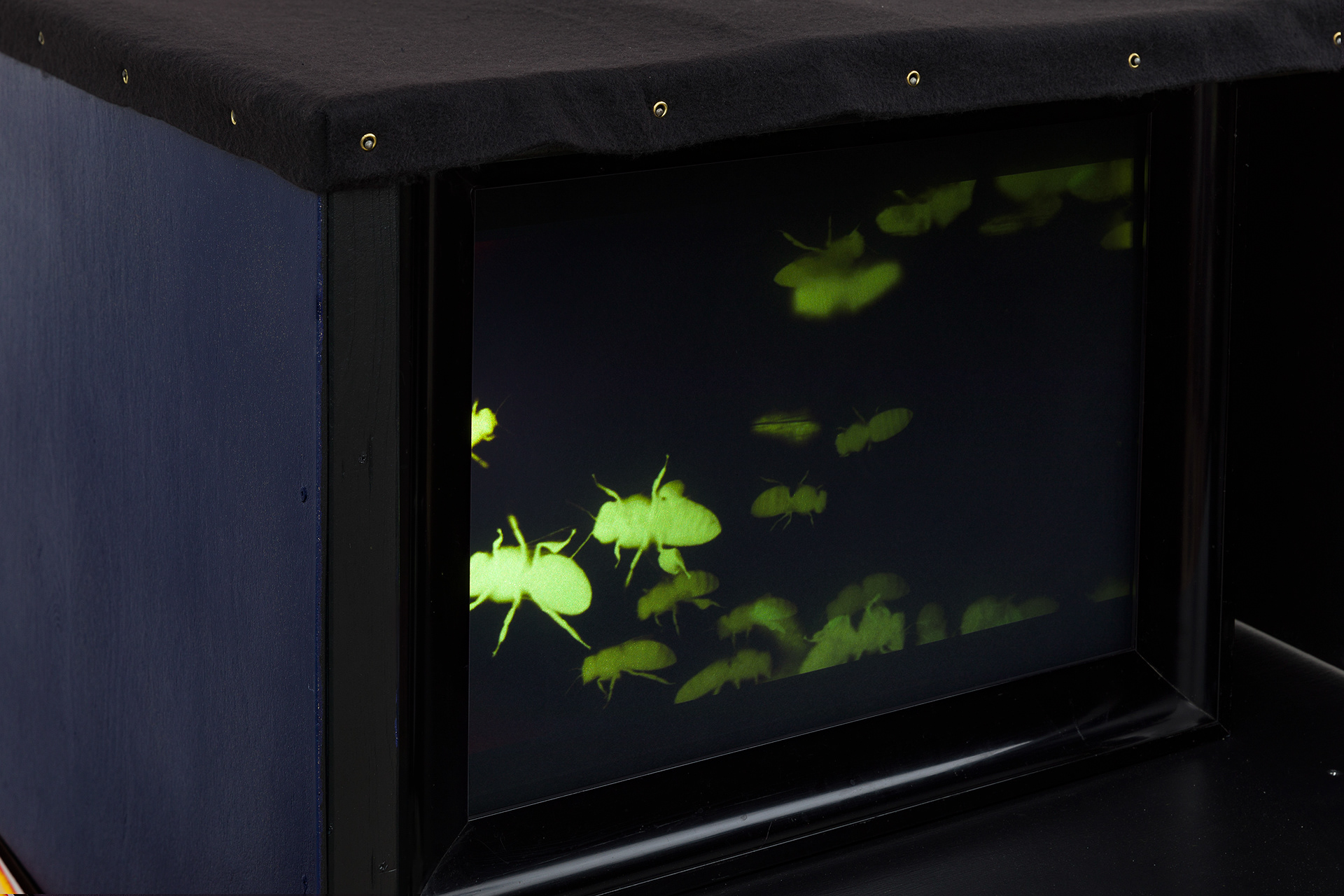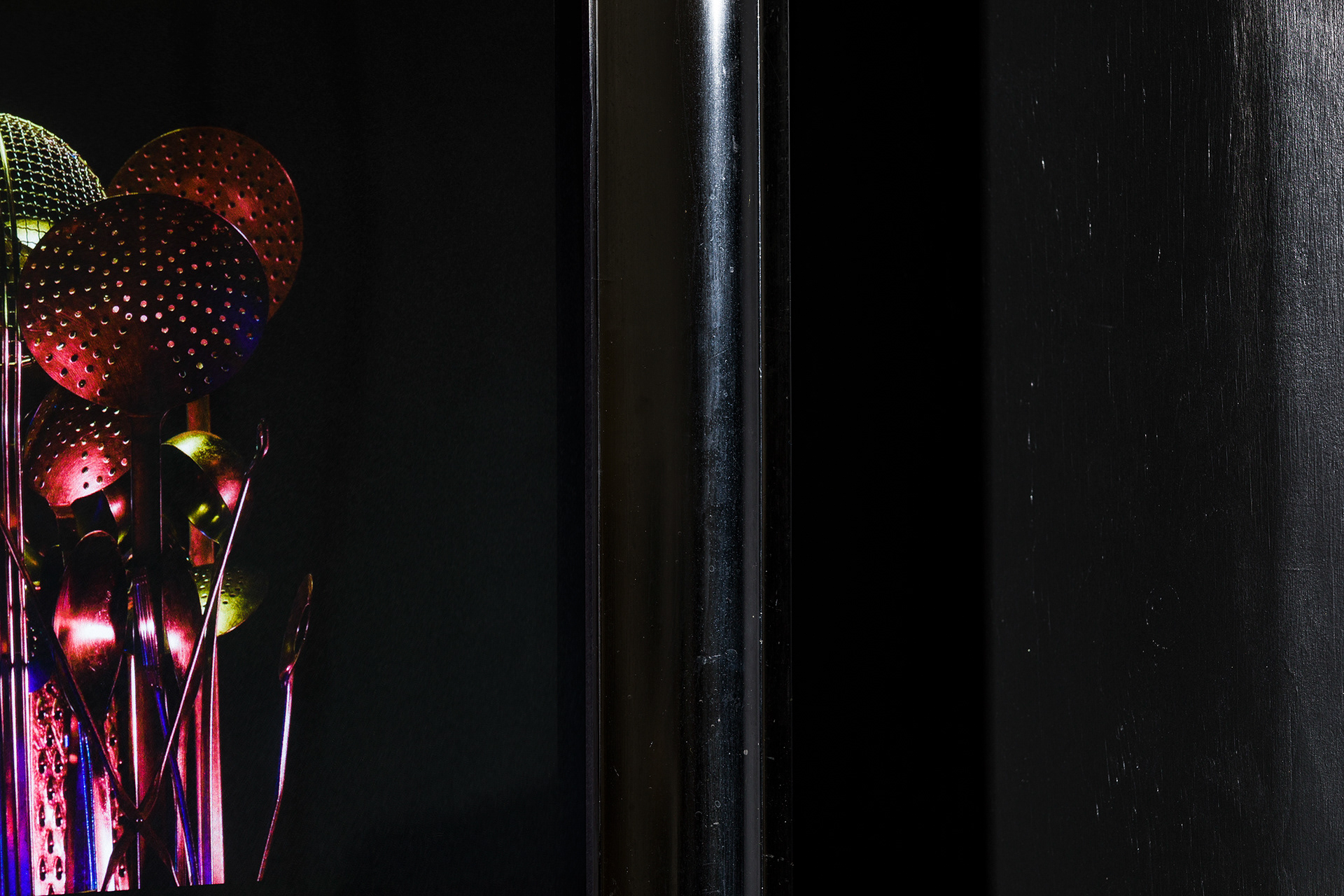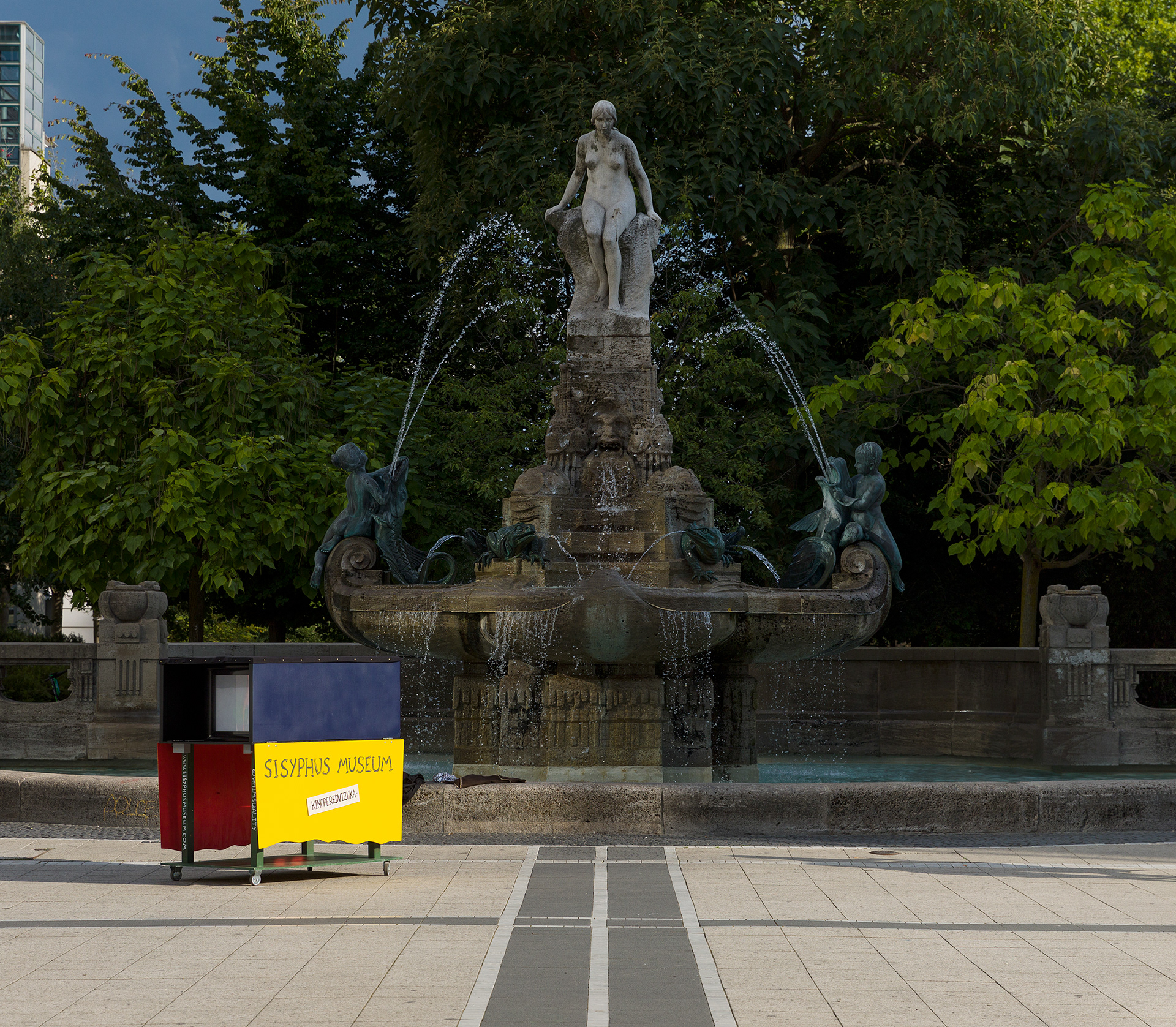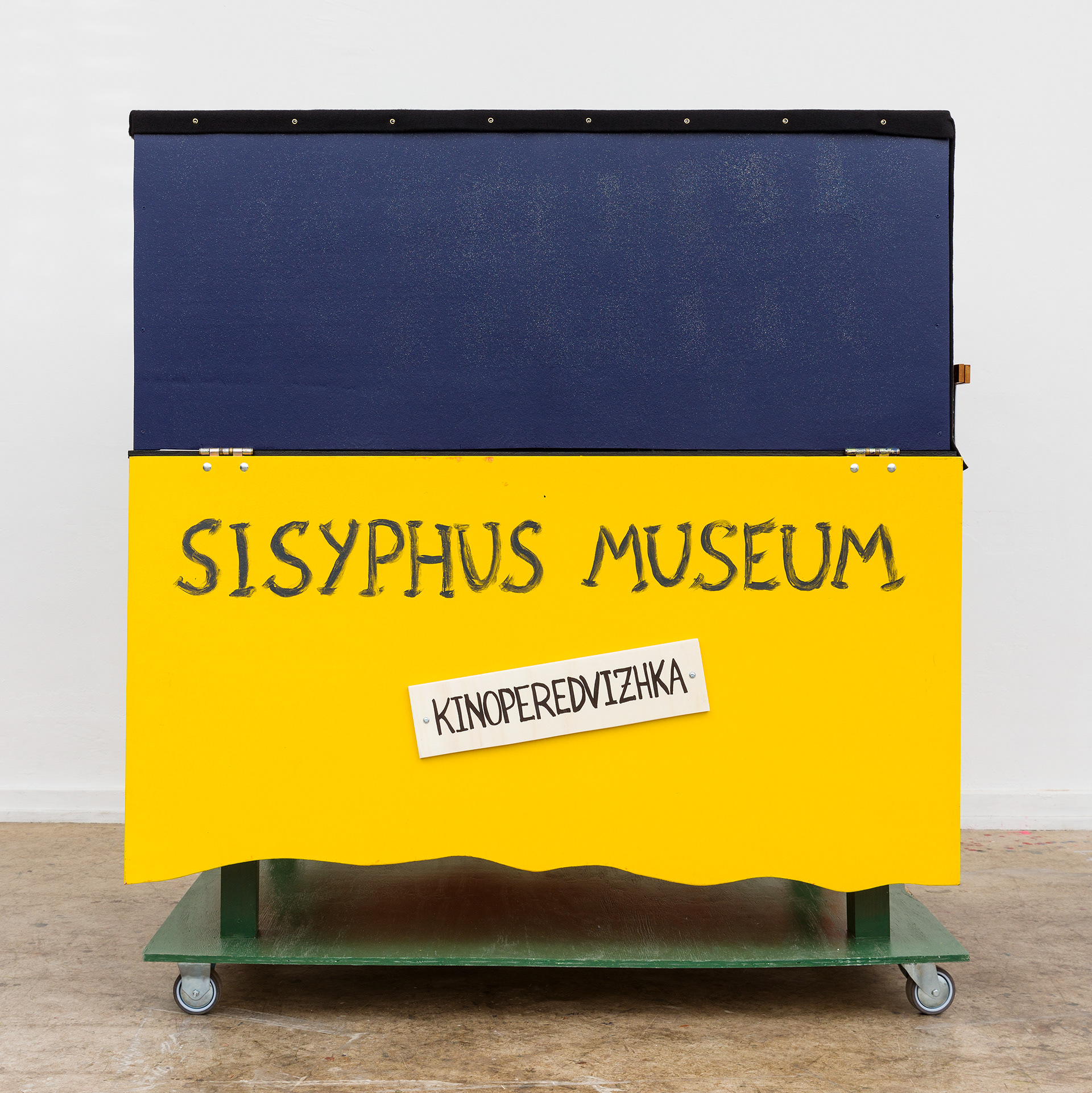Kinoperedvizhka
Film Festival
Film Festival
text by Ben Livne Weitzman
“I retreated into the spacious wardrobe in the nursery, placed the cinematograph on a sugar crate, lit the paraffin lamp and directed the beam of light on to the whitewashed wall. Asleep in the meadow was a young woman apparently wearing national costume. Then I turned the handle! It is impossible to describe this. I can't find words to express my excitement. I can see the trembling rectangle on the wall. I turned the handle and the girl woke up, sat up, slowly got up, stretched her arms out, swung round and disappeared to the right. If I went on turning, she would again lie there, then make exactly the same movements all over again. She was moving.”
Fragments from The Magic Lantern: An Autobiography by Ingmar Bergman
Fragments from The Magic Lantern: An Autobiography by Ingmar Bergman
In the early days of the moving-image, cinema was mobile and mostly public. This was the case with the Lumière brothers’ teams of photographers who traveled the world, capturing local sites on their celluloid film and projecting others for the gathering crowds. Later came the Kinoperedvizhka and other mobile cinematic apparatuses, bringing the wonders of the magic lantern into cafes, town squares, and remote villages, much like traveling magicians in days of old.
The latest transformation of the nomadic Sisyphus Museum reconnects with this sense of enchantment. Wandering around the streets of Frankfurt, Ivan Murzin composed a collection of short video works to be screened within the structure of the mobile-museum for passersby. Much like the initial focus of photography itself, the videos explore everyday subjects using different levels of cinematic manipulations. From stop-motion to image editing and sound overlays, Murzin creates mini-stories that re-examine the real, ‘objective’, everyday, and expose it as a composition, a moldable construct much like the moving-image itself.



Today, the moving-image is experiencing a continual process of demystification, especially since many carry along with them a small screen in their pockets which can produce, manipulate, and broadcast cinematic material in but a few finger swaps. Murzin’s nomadic cinema takes us back to the days before the viewing experience became private, as moving-images provoked social gatherings in public spaces and cinema was indeed moving. Not as mere nostalgia, but as a proposal for different rhythms and sensitivities. In the current unsettling moment, as many narratives and conceptions are being challenged, the everyday demands a re-articulation. In this sense, Murzin’s moving-images relay a sense of direct yet fantastic engagement with the world, as they travel the semi-quarantined streets, reaching out and nearing amidst a time of distancing.


